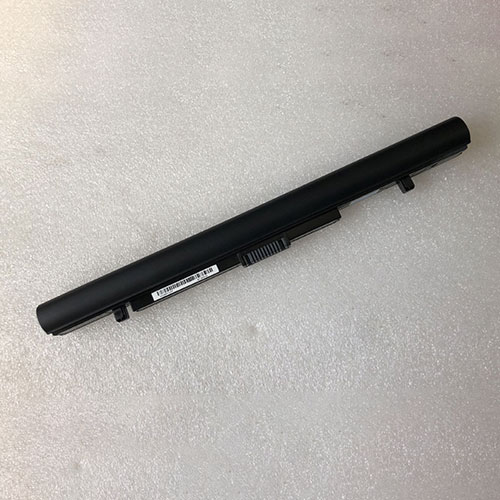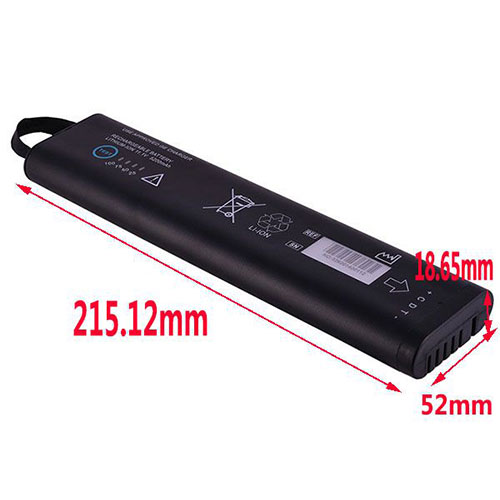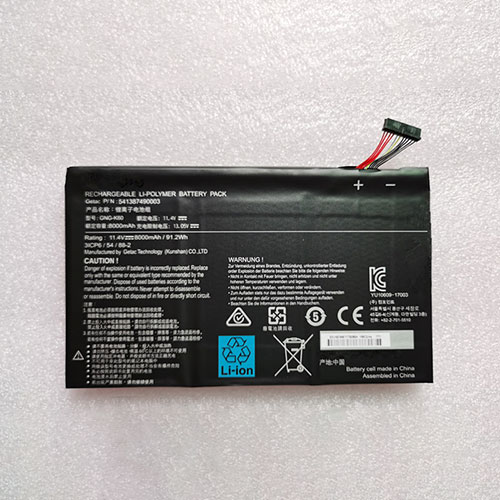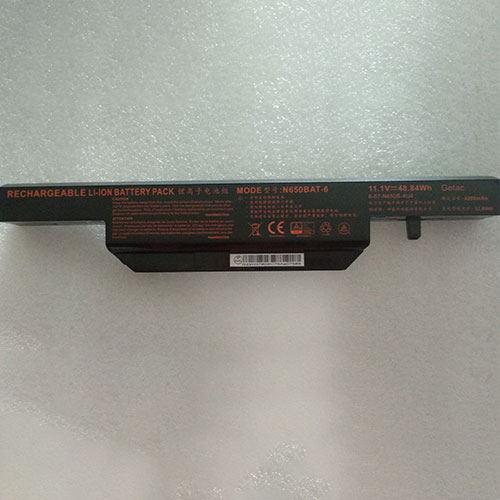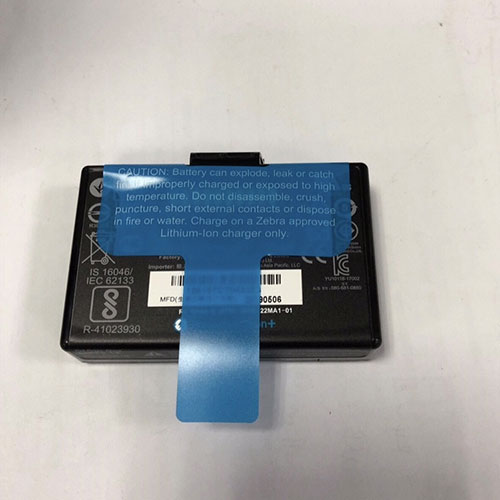The EliteBook x360 1030 G7 is HP’s latest high-end ultra-thin business subnotebook positioned to be above the more affordable EliteBook 830 or ProBook families. It is, in many ways, the gray version of the more visually ravishing HP Elite Dragonfly. Nonetheless, the EliteBook x360 1030 G7 introduces several changes both inside and out to make it better than both the outgoing EliteBook x360 1030 G4 and first generation Dragonfly.
SKUs are plentiful ranging from the 10th gen Core i5-10210U up to the Core i7-10810U CPU with vPro, FHD to 4K UHD AMOLED touchscreen, 8 GB to 32 GB of LPDDR4-2933 RAM, and up to 2 TB of storage with optional Optane 3D Xpoint. All configurations come with Comet Lake-U CPUs, Gorilla Glass, and integrated UHD Graphics 620. Our specific test unit is a mid-range SKU with the Core i7-10810U CPU, FHD display, and 16 GB of RAM for approximately $2400 USD.
Competitors to the EliteBook x360 1030 G7 include the Lenovo ThinkPad X13 Yoga, Dell XPS 13 2-in-1, Asus ZenBook S Flip, and other ultra-thin subnotebooks designed for office use.
Case
If you’ve held an EliteBook in the past, then you already have a good idea of how the EliteBook x360 1030 G7 looks and feels. HP’s design philosophy for the EliteBook series hasn’t changed for a sense of consistency between generations. The aluminum-magnesium skeleton may be getting smaller and lighter, but it still feels rigid with only a bit of flexing and creaking when twisting its sides. Larger and heavier business clamshells like the Dell Latitude 7400 feel sturdier.
The easiest way to distinguish the EliteBook x360 1030 G7 from the x360 1030 G4 is by looking at the rear corners and bottom “chin” bezel. HP has incorporated the “diamond-cut” visual design of the Spectre series while reducing the thickness of the bottom bezel even further to trim down overall volume.
The narrower bottom bezel has cut 11 mm off the length of the chassis. Consequently, the newer system is also lighter by about 100 grams (1.3 kg vs. 1.2 kg). The gen-to-gen changes may sound minor, but they’re certainly tangible especially when traveling or on-the-go where every gram and millimeter counts. Note that thickness hasn’t changed from the last generation model.
Connectivity
Port options and positioning are slightly different from the x360 1030 G4. HP has added a second USB-A port while the DriveLock port is now along the left edge. Note that there is still no SD card reader as HP is encouraging owners to use its QuickDrop software instead. QuickDrop allows a direct Wi-Fi connection between the PC and smartphone for much faster file transfers than Bluetooth, but users who rely on camera SD cards will still be out of luck.
Communication
Built-in wired and wireless communication modules, alternative solutions available (UMTS)?, Irregularities (radio reception)?
Security
This generation introduces HP Presence Aware on top of the usual fingerprint reader, webcam shutter, DriveLock, and HP Client security features. Presence Aware can detect when a user is nearby by up to a few feet in front of the laptop to automatically put the laptop to sleep if nobody is around. Conversely, it can also automatically login when combined with Windows Hello should it detect a nearby user. It is essentially HP’s version of Dell ExpressSign-In as found on sound high-end Latitude systems albeit with a wider field-of-view in front of the laptop (60 degrees vs. 40 degrees)
Maintenance
The bottom panel is secured by six accessible T5 Torx screws for easy servicing. Though RAM and WLAN are soldered, the WWAN module and M.2 SSD are removable.
Accessories and Warranty
The packaging includes a USB-C to USB-A cable and an HP L04729-003 active pen. The pen attaches to the left edge of the laptop magnetically, but we prefer to just put it in our pocket as it feels much more secure that way.
A one-year limited warranty comes standard instead of the three-year timeframe that we’ve come to expect from high-end business systems.
Input Devices
Keyboard
Keyboard size and feedback remain the same as on the EliteBook x360 1030 G4 which is a good thing because we found the laptop to be more comfortable for typing than the softer keys on the Asus ZenBook Flip and most other Ultrabooks. Instead, the bigger changes relate to the secondary functions on the first row of keys. The video conferencing and calendar keys on the last generation model in particular have now been replaced with a camera shutter toggle, airplane mode toggle, and a customizable programmable key. Such functions are arguably more versatile.
Touchpad
Clickpad size has changed ever so slightly from the x360 1030 G4 (11.6 x 6.3 cm vs. 11.1 x 6.5 cm). Its surface is completely smooth and with almost no sticking even if gliding at very slow speeds in contrast to most other laptops. A little bit of sticking would have been preferable for more accurate dragging and dropping, but that is merely a personal taste.
Meanwhile, the integrated mouse clicks are relatively soft in both feedback and clatter with shallow travel overall. Stronger feedback would have made clicking easier and more ergonomic. We definitely miss the TrackPoint and dedicated mouse buttons on traditional business laptops like the EliteBook 840 G5, but we can understand their omission here on a convertible designed for touchscreen use.
Display
Our EliteBook x360 1030 G7 uses a Chi Mei panel as opposed to the InfoVision panel on the older EliteBook x360 1030 G4. However, HWiNFO is unable to identify the exact panel name here other than the Chi Mei CMN13A9 controller. Our specific configuration comes with the base 400-nit 1080p panel which is already better than most subnotebook displays in terms of contrast and sharpness. Response times remain somewhat slow for noticeable ghosting, though this isn’t an issue for most office workloads
Color space covers >95 percent of sRGB while the pricier 4K UHD AMOLED configuration is expected to offer deeper colors covering all of AdobeRGB. We’re just glad to not see any cheap panels even on the entry-level configurations.
X-Rite colorimeter measurements reveal a decently calibrated display out of the box. Gamma, however, could be better as it’s unusually low. Calibrating the panel ourselves would improve colors and grayscale noticeably from average DeltaE values of 4.39 and 3.9 to 1.65 and 1.9, respectively.
Outdoor visibility is average due to the glossy Gorilla Glass overlay. Luckily, HP offers 1000-nit display options which should improve visibility dramatically albeit at the cost of higher power consumption. All 1000-nit SKUs at the moment come with Sure View meaning you can’t have one without the other. Business subnotebooks from Dell or Lenovo have yet to carry such options.
Performance
HP is sticking with the 10th gen Intel Comet Lake-U series at the moment due its support for vPro in contrast to the newer 11th gen Tiger Lake options. Users won’t be seeing any Iris Plus or Iris Xe graphics options here as a result. It’s too bad that there is no “EliteBook x360 1035” series with AMD options as that would have boosted graphics performance.
RAM is soldered meaning users must choose their configurations carefully. Our system was set to HP Optimized prior to running any performance benchmarks below.
Processor
CPU performance is faster than expected for short benchmarks while scores are a bit lower for longer benchmarks due to the short-lived Turbo Boost performance of the laptop. CineBench R20 xT, for example, is within 10 percent of the average Core i7-10810U in our database while shorter benchmarks like GeekBench or 7-Zip show favor our HP slightly more. Nonetheless, raw multi-thread performance is only slightly faster than the Core i7-1065G7 and even slower than the cheaper Ryzen 5 4500U in the HP ProBook x360 435 G7.
See our dedicated page on the Core i7-10810U for more technical information and benchmark comparisons.
System Performance
PCMark benchmarks are where we expect them to be relative to other Comet Lake-U systems. Core i7 Ice Lake and Tiger Lake systems like the XPS 13 and ZenBook Flip S are able to edge out the HP likely due to the faster RAM and integrated Iris GPUs.
We experienced no software or hardware issues during our time with the test unit. HP Presence Aware is enabled by default, but this can be easily toggled through the software.
DPC Latency
LatencyMon shows DPC latency issues when opening multiples tabs on our homepage. 4K UHD playback is otherwise smooth and with no dropped frames during our minute-long YouTube test.
Storage Devices
Our configuration comes equipped with the Samsung PM981a which is one of the fastest PCIe 3 NVMe SSDs available for consumers. Drives from Toshiba and Western Digital tend to be cheaper, but they are also slower as well.
See our table of HDDs and SSDs for more benchmark comparisons.
GPU Performance
Graphics performance is the same integrated UHD Graphics 620 that we’ve been familiar with for nearly half a decade. The GPU has become outdated especially in the face of newer Radeon RX or Iris Xe solutions, but this shouldn’t be a huge issue for the target audience of light office users. HP has yet to offer higher graphics options for its EliteBook convertible subnotebooks.
Emissions
System Noise
The fans range from being silent at 28.1 dB(A) up to 31.3 dB(A) when running undemanding loads. Such low levels are essentially inaudible in a typical office or conference room. Higher loads equivalent to gaming will boost fan noise up to 35 or 37 dB(A) which is not uncommon on Ultrabooks with no dedicated graphics. Fan noise is slightly higher-pitched than we would like since the individual fans are so small in diameter.
Temperature
Surface temperatures are never uncomfortable as the hot spot is close to the rear where skin and hands are unlikely to touch. A specific area of the keyboard can become as warm as 37 C when running extreme loads compared to 43 C on the 2020 Lenovo ThinkPad X13 Yoga.
Stress Test
HP EliteBook subnotebooks typically can’t maintain very high clock rates when under stress and our Prime95 stress test proves it. Clock rates and temperature would boost to 3.1 GHz and 100 C, respectively, for just the first few seconds before quickly dropping to the 2.0 to 2.1 GHz range in order to maintain a cooler core temperature of 76 C as shown by our screenshots below.
Running on batteries will impact CPU performance slightly. A 3DMark 11 test on battery power would return Physics and Graphics scores of 8173 and 1893 points, respectively, compared to 8534 and 1942 points when on mains.
Energy Management
Power Consumption
Idling on desktop demands between 1.5 W and 10 W depending on the power profile and brightness setting to be slightly more power efficient than than what we recorded on the older x360 1030 G4 model. We’re able to record a temporary maximum draw of 68.9 W from the small (~8.8 x 5.3 x 2 cm) 65 W CA adapter when running Prime95 which is similar to many other Ultrabooks powered by Ice Lake or Comet Lake-U CPUs. Note that the Tiger Lake-powered Asus ZenBook Flip S is able to offer 150 percent faster GPU performance without necessarily drawing more power.
Battery Life
Though battery capacity hasn’t really changed from the older Whiskey Lake-U-powered EliteBook x360 1030 G4, WLAN runtimes are still about an hour longer on the newer G7 model for a total runtime of almost 10.5 hours. Charging from empty to full capacity takes about 1.5 hours.
Verdict
The HP EliteBook x360 1030 G7 is a tough convertible to beat. It’s got 4G LTE, proximity sensor, and 1000-nit panel options that most competing alternatives don’t offer. Its long list of features is impressive considering the small form factor involved. When compared to the outgoing EliteBook x360 1030 G4, the G7 is a worthy step up.
The main drawbacks to the HP convertible are the limited graphics performance, spongy clickpad, and high starting price. Owners will be stuck with the outdated UHD Graphics 620 while the clickpad is nowhere near as easy to use as the touchpad on the EliteBook 845. Be prepared to pay close to $2000 USD or more even for the least expensive Core i5 configuration. We understand that processor performance has never been a key selling point for any EliteBook convertible, but this is getting tough to ignore when even a Ryzen 5 4500U can outperform the best Comet Lake-U Core i7 option available on this $2000 system.
Where will HP go from here? We predict that future models might make the jump to 16:10, incorporate eSIM, wireless charging, or upgrade to Thunderbolt 4 via Intel’s 11th gen Core platform. But until then, this is easily one of our favorite 13.3-inch convertibles for both office and travel.
